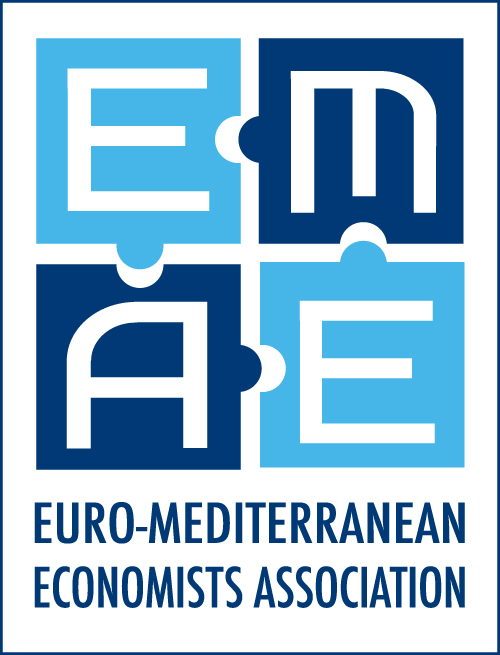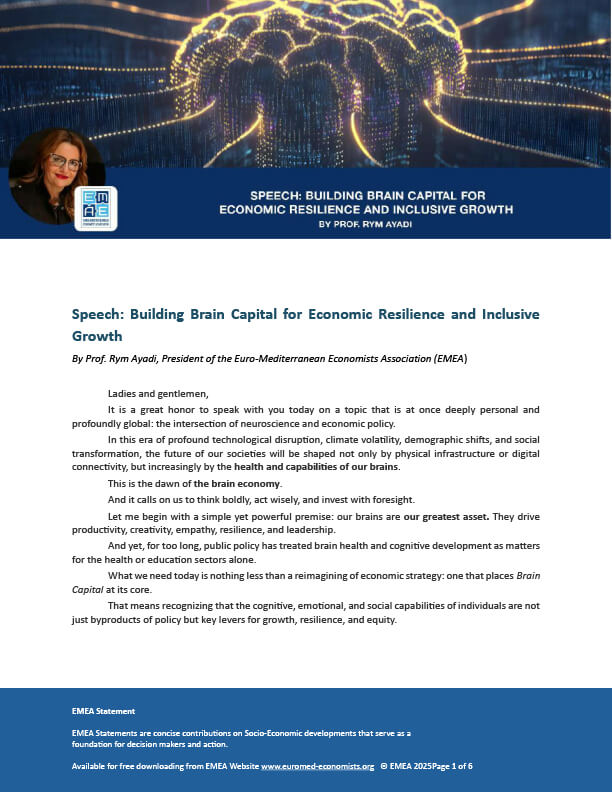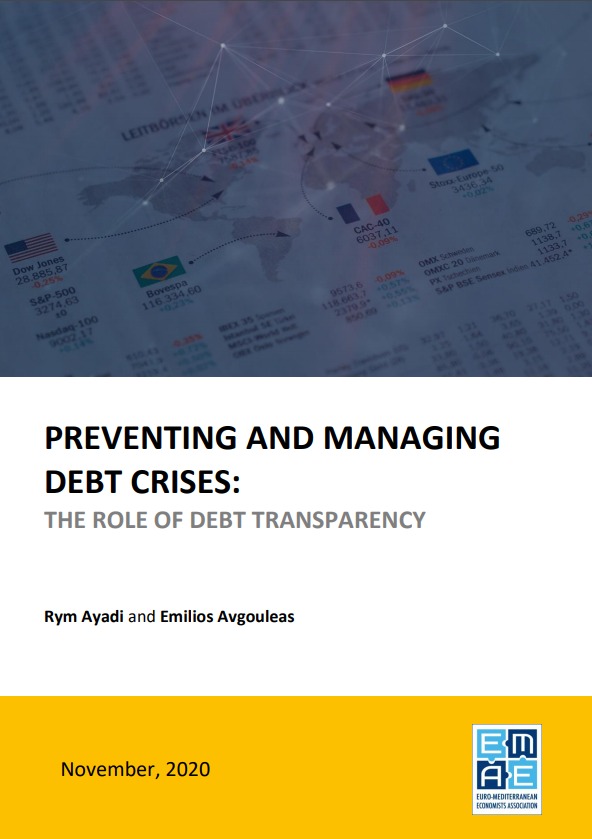Amidst calls for debt relief to mitigate the socioeconomic consequences of COVID-19 in Africa, debt transparency has become an even more pressing issue, in view of the recent wave of debt suspensions under the Debt Service Suspension Initiative (DSSI) and calls for Private Sector Involvement (PSI).
This paper assesses the key risks stemming from debt unsustainability in low-income countries (LICs) and lower-middle-income countries (LMICs) and the key debt transparency initiatives promoted by international organisations and the private sector. The June 2019 G20 Communiqué on the importance of improving debt transparency for debt sustainability, the April 2020 G20 Communiqué on approving debt relief of the poorest countries and the October 2020 G20 Communiqué have all recognised the need for a global sovereign debt repository. In line with Ayadi and Avgouleas (2020), furthering debt transparency, via the implementation of a global sovereign debt registry, can enhance the quality of debt monitoring and thus help reduce the risk of a messy and costly systemic debt crisis. In the same way it can ensure orderly sovereign debt resolution and reduce the risk of an abrupt loss of market access. Finally, enhanced transparency is key to prudent debt management, thus, limiting endemic corruption in some countries and limiting the potential for destruction of economic value following unmanaged restructuring and defaults.- Home
- Team
- Research
-
-
Socio Economic Policy
Policy, Foresight and Institution TRIS Socio Economic Model Energy and Environment Territorial Resilience Research Initiative Health Policy and Economics Neuroscience Policy Research Covid-19 Policy Response Digitalisation and Artificial Intelligence Entrepreneurship & MSMEs Cultural Creative Industry Women Empowerment and Leadership
-
Money, Banking & Finance
-
Regional Integration & Partnerships
-
-
- Publications
-
-
Research
-
Communication
-
Latest Publication
Lead-Author/Editor: [lead_author]
Co-Authors/Contributors: Rym Ayadi
-
-
-
- Activities
- Events
- Latest
- Home
- Team
- Research
-
-
Socio Economic Policy
Policy, Foresight and Institution TRIS Socio Economic Model Energy and Environment Territorial Resilience Research Initiative Health Policy and Economics Neuroscience Policy Research Covid-19 Policy Response Digitalisation and Artificial Intelligence Entrepreneurship & MSMEs Cultural Creative Industry Women Empowerment and Leadership
-
Money, Banking & Finance
-
Regional Integration & Partnerships
-
-
- Publications
-
-
Research
-
Communication
-
Latest Publication
Lead-Author/Editor: [lead_author]
Co-Authors/Contributors: Rym Ayadi
-
-
-
- Activities
- Events
- Latest


